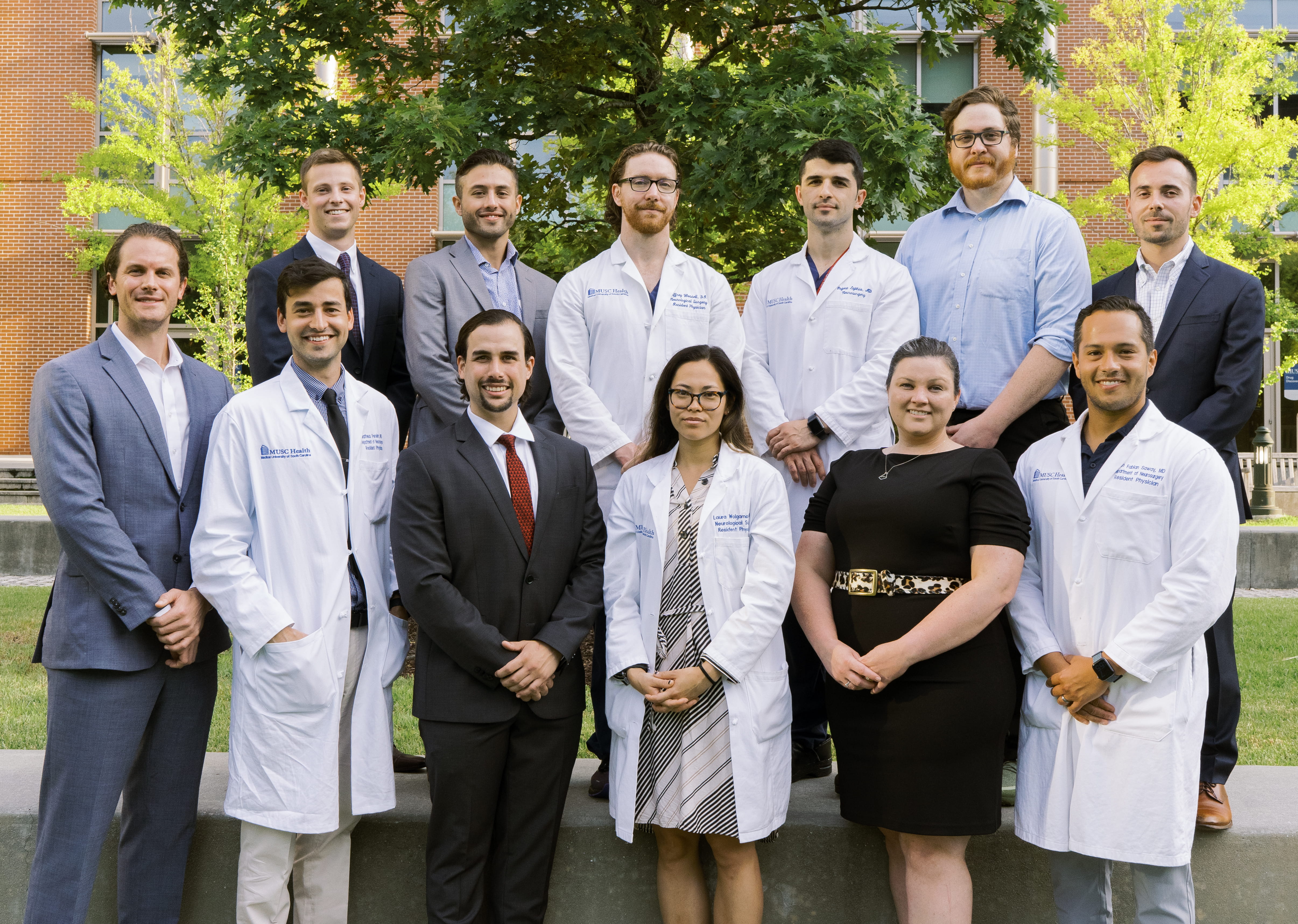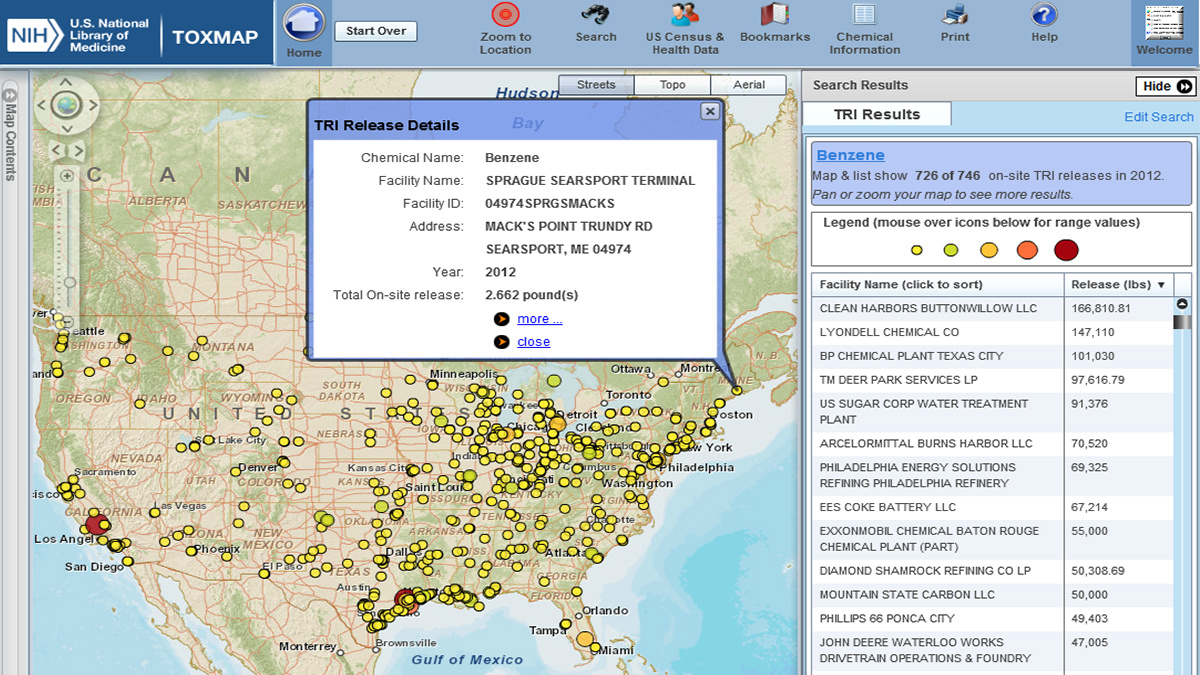Report on Municipal Water System Maintenance in New Ulm
Introduction
The City of New Ulm’s water department is currently engaged in its annual water main flushing program. This essential maintenance procedure, observed on 10th South Street, is a critical component of the city’s commitment to providing safe and reliable water services to its residents. The initiative underscores the municipality’s proactive approach to infrastructure management and public health, aligning directly with several key United Nations Sustainable Development Goals (SDGs).
Alignment with Sustainable Development Goals (SDGs)
SDG 6: Clean Water and Sanitation
The primary objective of the water main flushing program is to ensure universal access to safe drinking water, a cornerstone of SDG 6. The process directly contributes to the following targets:
- Target 6.1: By ensuring the removal of sediment and impurities from the water distribution network, the city actively works to achieve and maintain access to safe and affordable drinking water for all residents.
- Target 6.3: The flushing process improves water quality by systematically cleaning the water lines, reducing potential contaminants and ensuring the water remains safe for consumption. Water samples are tested during the procedure to verify that quality standards are met.
SDG 11: Sustainable Cities and Communities
This maintenance program also supports the goals of SDG 11 by enhancing the safety and resilience of urban infrastructure.
- Target 11.1: The provision of clean, reliable water is a basic service essential for adequate and safe housing. This program ensures that this fundamental service is maintained at a high standard.
- Target 11.5: A crucial part of the flushing process involves the inspection and testing of all fire hydrants. This ensures that emergency infrastructure is fully operational, contributing to the city’s resilience against disasters such as fires and protecting the community.
Procedural Overview of Water Main Flushing
Objectives
The annual program is designed to meet several key operational and public health objectives:
- To remove any mineral deposits and sediment that may accumulate in the water mains over time.
- To verify the proper operation of all fire hydrants and valves within the municipal water system.
- To maintain the overall quality and safety of the city’s drinking water supply, in line with public health standards.
Methodology
The flushing is conducted by systematically opening fire hydrants to allow water to flow at a high velocity, scouring the interior of the pipes. Water department personnel monitor the process, taking samples to test for clarity. Flushing at each location continues until the water runs clear, indicating that the main in that section has been cleaned effectively.
Project Timeline and Public Advisory
Schedule and Scope
The comprehensive flushing of all water mains in New Ulm is expected to take approximately three weeks. The work is being conducted biannually, in the spring and fall. Operations are currently focused on the State Street mains and will proceed westward to Washington Street and subsequent areas until the entire city network is completed.
Resident Guidance
To mitigate potential temporary inconveniences, the water department has issued the following advisories for residents in areas where flushing is occurring:
- Avoid laundering clothes during and immediately after flushing in your neighborhood to prevent potential discoloration from loosened sediment.
- Allow approximately one hour after daily flushing operations cease for the water system to settle.
- If water discoloration is observed, run a cold water tap until the water becomes clear.
Contact Information
Residents experiencing persistent issues are advised to contact the water department. For inquiries during business hours (before 3:30 p.m.), call 359-8279. For after-hours assistance, call 359-8264.
Analysis of Sustainable Development Goals in the Article
1. Which SDGs are addressed or connected to the issues highlighted in the article?
-
SDG 6: Clean Water and Sanitation
- The article’s primary focus is on the New Ulm water department’s efforts to maintain the city’s water supply. The entire process of flushing water mains is explicitly done “to ensure the city has safe drinking water.” This directly aligns with the core objective of SDG 6, which is to ensure the availability and sustainable management of water and sanitation for all.
-
SDG 11: Sustainable Cities and Communities
- The article describes routine maintenance of critical urban infrastructure, namely the water mains and fire hydrants. This work is essential for making a city safe, resilient, and sustainable. By ensuring the water system is clean and fire hydrants are operational, the city is actively maintaining the basic services and disaster preparedness infrastructure necessary for a sustainable community.
2. What specific targets under those SDGs can be identified based on the article’s content?
-
Target 6.1: By 2030, achieve universal and equitable access to safe and affordable drinking water for all.
- The article directly supports this target. The water department employee is quoted saying, “We do this to ensure the city has safe drinking water.” The annual maintenance is a proactive measure to maintain the quality and safety of the water supplied to all residents of New Ulm.
-
Target 6.3: By 2030, improve water quality by reducing pollution…
- The process of flushing the water mains is designed “to remove any impurities that could build up in the lines.” This action is a direct effort to improve the quality of the water within the distribution system by cleaning it of sediment and potential contaminants, thus contributing to the overall goal of better water quality for consumers.
-
Target 11.5: By 2030, significantly reduce the number of deaths and the number of people affected… caused by disasters, including water-related disasters…
- A key part of the maintenance process mentioned in the article is to “check all the fire hydrants in town to make sure they are in working order.” Functioning fire hydrants are critical infrastructure for fire suppression, which is a form of disaster risk reduction. Ensuring their operational readiness helps protect the community and mitigate the potential impact of fires, aligning with the goal of reducing the effects of disasters.
3. Are there any indicators mentioned or implied in the article that can be used to measure progress towards the identified targets?
-
Indicator for Water Quality (related to Target 6.1 and 6.3)
- The article implies a direct method of measurement. It states, “During the flushing process, the city tests samples of water coming out of the main. Once the water is clear, they move on to the next hydrant.” This suggests two practical, local-level indicators:
- Results of water sample tests.
- Visual clarity of the flushed water.
- These actions are practical measures that contribute to the broader official indicator 6.1.1: Proportion of population using safely managed drinking water services, as they are part of the management process to ensure water remains safe.
- The article implies a direct method of measurement. It states, “During the flushing process, the city tests samples of water coming out of the main. Once the water is clear, they move on to the next hydrant.” This suggests two practical, local-level indicators:
-
Indicator for Infrastructure Readiness (related to Target 11.5)
- The article mentions that the process is a “chance to check all the fire hydrants in town to make sure they are in working order.” This implies a clear indicator for measuring progress:
- The operational status of fire hydrants.
- This can be quantified as the “proportion of city fire hydrants that are fully functional,” which serves as a direct measure of the city’s preparedness for fire-related emergencies.
- The article mentions that the process is a “chance to check all the fire hydrants in town to make sure they are in working order.” This implies a clear indicator for measuring progress:
4. Summary Table of SDGs, Targets, and Indicators
| SDGs | Targets | Indicators |
|---|---|---|
| SDG 6: Clean Water and Sanitation |
|
|
| SDG 11: Sustainable Cities and Communities |
|
|
Source: nujournal.com







